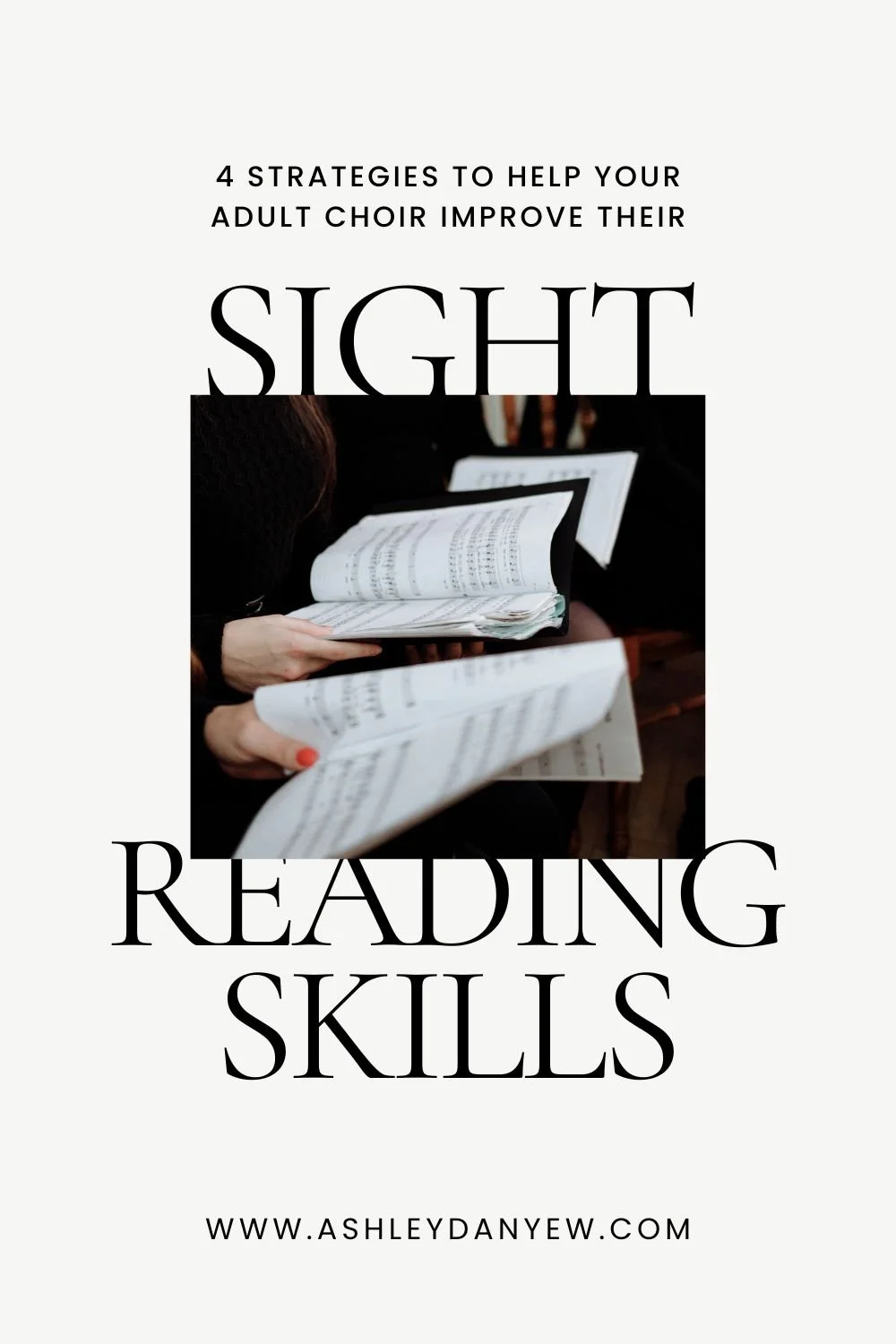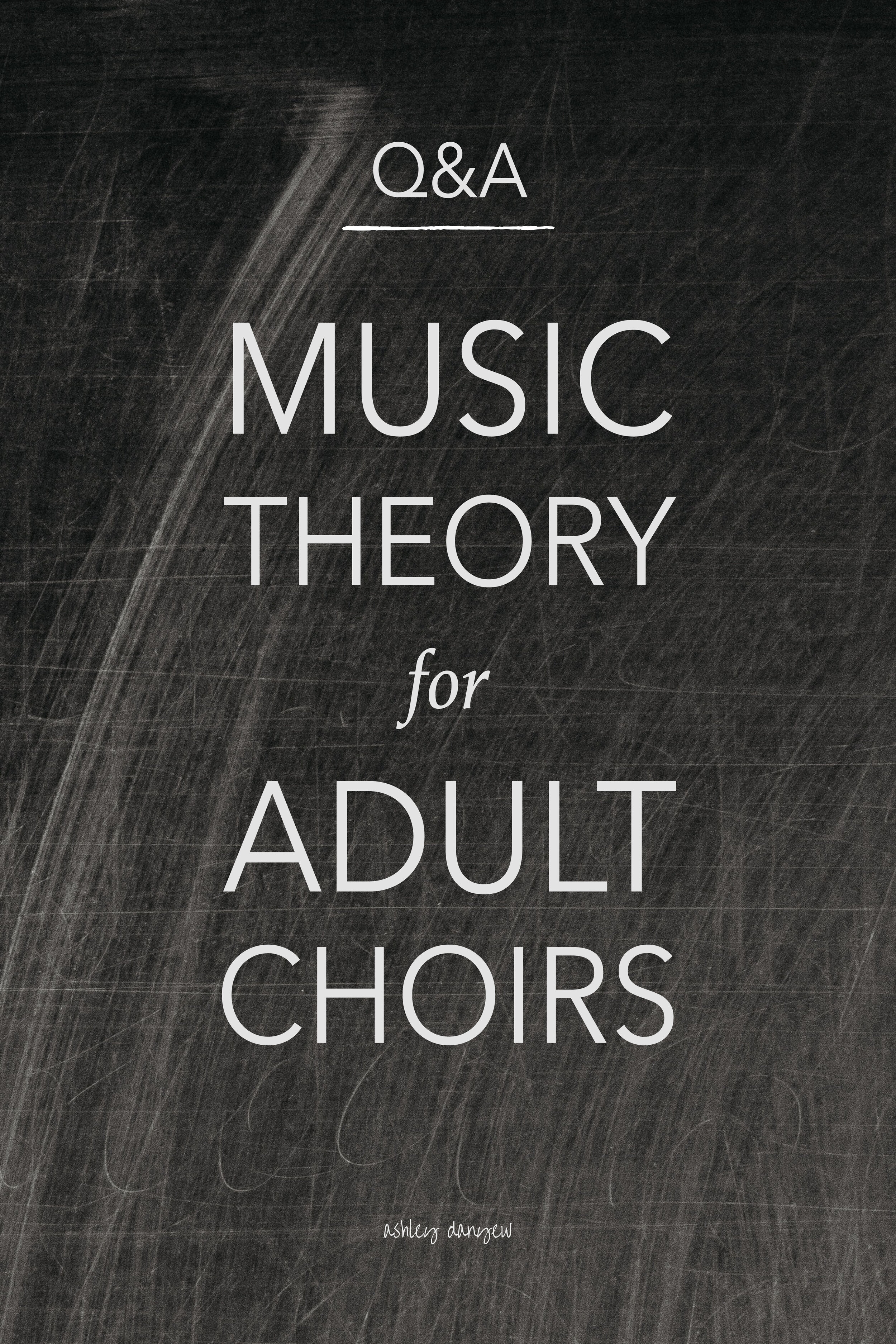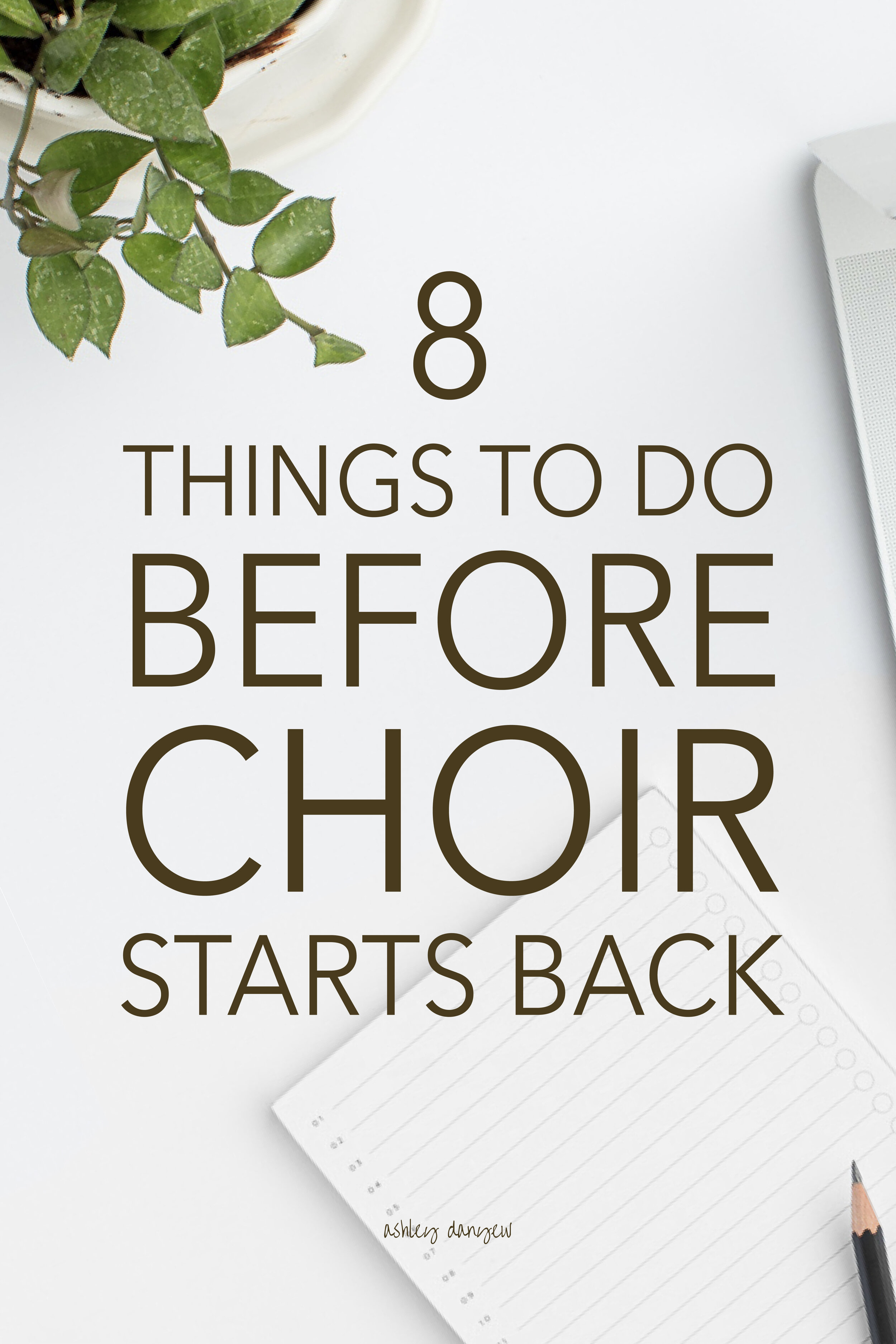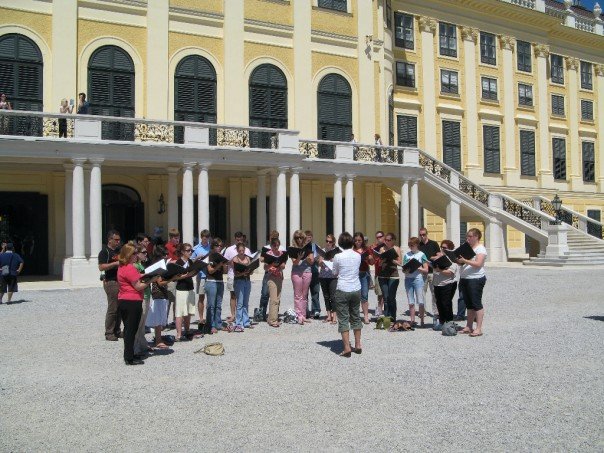The Reason We Sing
Choir Program, June 2012
Narration: Each week, we gather in this place – just a room with four walls and a few doors and windows. We find rest, we learn, we encourage, and we love one another. You see, it’s not the place, it’s the people that matter. It’s not the words that are spoken or the songs that are sung, it’s the hearts that are shared in the process. Within these walls, we share, we pray, we sing, and we listen.
Anthem: “Within These Walls” (Choplin)
Narration: There comes a time for each of us when we put childish things behind us and take on the responsibilities of adulthood. However, there are moments of our lives when we find ourselves so humbled that we become filled with that childlike sense of awe and wonder. Have you been there? It’s in those moments of sweet innocence that we rediscover the simplicity of faith itself.
Jesus loves me.
The words seem so ordinary at first but the depth and richness of this promise fill our very beings with uncompromising hope and assurance.
Jesus loves me.
This simple statement may call to mind that beloved children’s song: “Jesus loves me, this I know, for the Bible tells me so. Little ones to Him belong, they are weak but He is strong. Yes, Jesus loves me. Yes, Jesus loves me. Yes, Jesus loves me, the Bible tells me so.”
Anthem: “Yes, My Jesus Loves Me” (McDonald)
Narration: Can you imagine what it would have been like to meet Jesus during His time here on earth? Perhaps you would run up to greet Him and savor every moment you could be with Him. Or perhaps you would feel overwhelmed by His presence and instead would observe things from a distance. Would you shout, “Hosanna!” or would you let others speak for you? The Scriptures tell us “If the people don’t shout, the rocks will cry out!” Let your voice be heard!
Anthem: “Ain’t No Rock Gonna Shout For Me” (Larson)
Narration: There’s something about water: calm and refreshing, powerful and strong. Spiritually speaking, water cleanses and renews us and makes us whole again. Are you weary? Are you burdened with the cares of the world? “I will give you rest,” God says. Come as you are without expectation or money or price. Just come.
Anthem: “Come to the Water” (arr. Hasseler)
Narration: Some things bring us together and some set us apart. We each have hearts that beat and hands that serve and voices with which to sing. We have eyes and ears to see and hear and communicate with one another. But what sets us apart—those things that make each of us unique—are just as important. We come from many places and backgrounds. We’ve shared a unique set of experiences. We are part of different generations and we each have varying strengths and weaknesses. Despite these things which might divide and separate us, we share a common bond of unity in Christ. United in Your spirit, Lord, we are one.
Anthem: “We Are One, Lord” (Pethel)
Narration: “I believe in the sun, even when it is not shining; and I believe in love, even when there’s no one there. And I believe in God, even when He is silent; I believe through any trial, there is always a way.”
These words, believed to have been written by a Jew during the Holocaust were found inscribed on a cellar wall in Cologne, Germany during World War II. Though almost 70 years old, the words still resonate with us.
It’s a powerful statement of faith.
Sometimes, all we can do is hope: hope for clarity, hope for resolution, hope for a better tomorrow. “May there someday be sunshine. May there someday be happiness. May there someday be love. May there someday be peace.”
Anthem: “Inscription of Hope” (Stroope), Women’s Choir
Narration: God often speaks to us in words of assurance. “I am love. I will be your strength. I am light in the darkness. I am with you always.” He comforts us when we are upset. He listens when we speak. He comes to us when we feel alone. He loves us unconditionally. He carries us when we are too weak to walk. He lights the path before us, giving us wisdom and clarity in our decision-making.
Listen to the voice of God speaking to your heart: “I love you and you are mine.”
Anthem: “You Are Mine” (Haas)
Narration: Music. That thing which engages us, inspires us, connects us, empowers us, soothes us, and fills our spirits to the very brim, music lies within us and surrounds us in our everyday culture. The songs of the earth echo in our souls—we carry them in our hearts. In this way, music becomes a part of us. It’s a form of expression, a language that knows no bounds. When words fail, music speaks. We cannot keep it silent. And so we sing. We sing about faith and love and experiences. We sing about summer time. We sing about singing. How can we not?
Anthem: “How Can I Keep From Singing?” (arr. Courtney)
Narration: Life is not about the destination, it’s about the journey. It’s about the experiences, the joy, the sorrow, the lessons, and the people with whom we share all of these things. And so, we help those in need. We give as much as we are able. We accept help from those who care. We love one another as much as we love ourselves. Called to live as brothers and sisters in Christ, we know that true joy lies in the journey.
Anthem: “Climbin’ Up the Mountain, Children” (Shackley)
Narration written by Ashley Danyew, Copyright 2012

































 Recently, I had the opportunity to attend a choral workshop in western Massachusetts with Alice Parker. The soft-spoken, grey-haired woman dressed in bright colors had the room of 15 attendees mesmerized for two 3-hour sessions. You’d never know she was in her mid-eighties. In addition to reflecting on her experiences (her time at Juilliard and the opportunity to work with the great Robert Shaw), Alice spoke of the qualities that make music powerful and captivating.
Recently, I had the opportunity to attend a choral workshop in western Massachusetts with Alice Parker. The soft-spoken, grey-haired woman dressed in bright colors had the room of 15 attendees mesmerized for two 3-hour sessions. You’d never know she was in her mid-eighties. In addition to reflecting on her experiences (her time at Juilliard and the opportunity to work with the great Robert Shaw), Alice spoke of the qualities that make music powerful and captivating.




